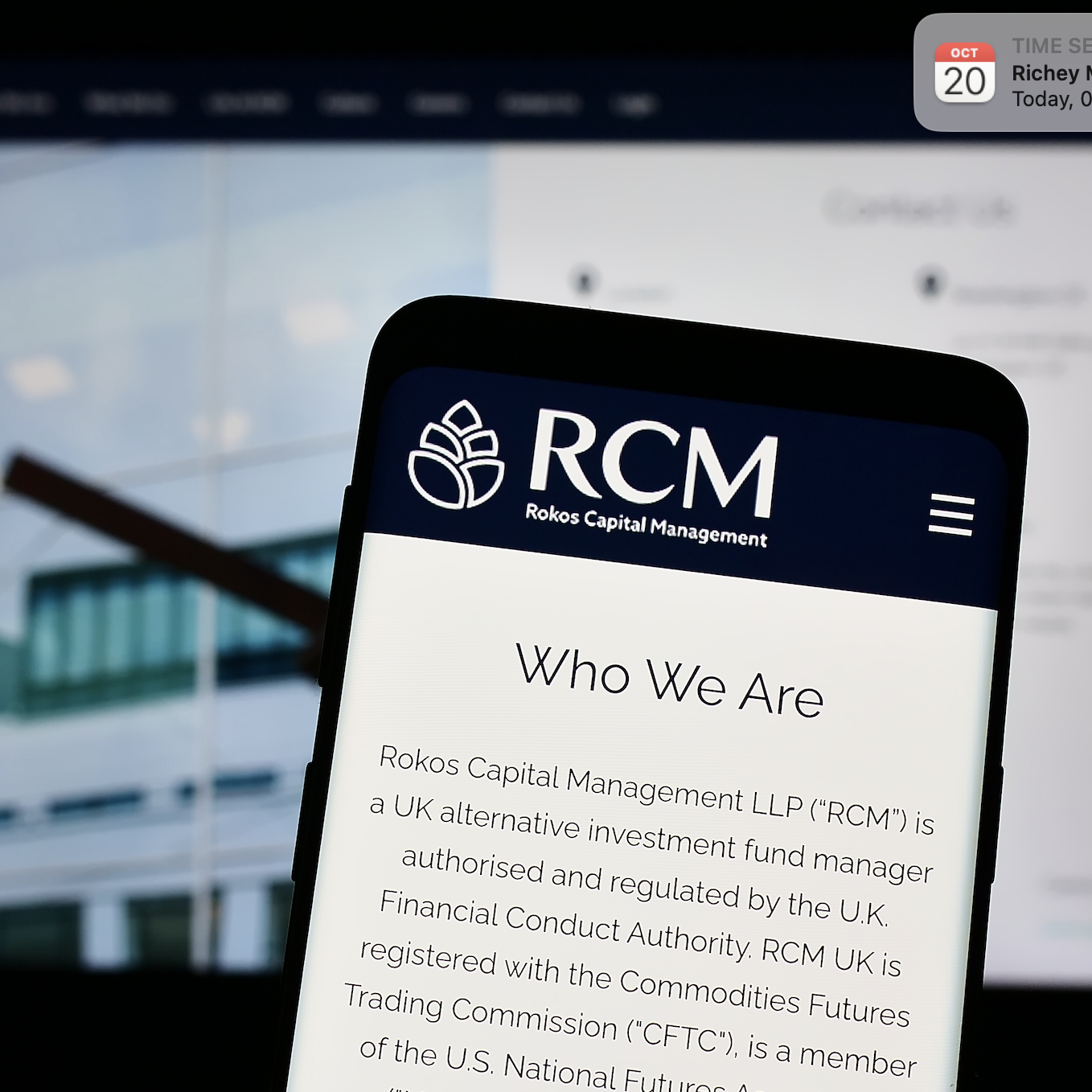Operational due diligence has become a key step in the pre-approval process. A survey conducted by Deutsche Bank back in 2014 revealed that 65 per cent of respondents said they would not consider investing in a fund that they previously vetoed. First impressions matter.
It is rare that an ODD team would choose to veto an investment over one issue when appraising a manager. More generally it is a result of the manager failing an aggregate number of controls that the allocator wants them to have in place.
Before any manager can even expect to entertain being appraised by a potential investor they need to have the basics in place. That means having a third party fund administrator, a legitimate auditor and tax adviser.
Key traits of ODD practitioners
The best sort of ODD practitioners are the ones that understand a strategy and the specific risks associated with a given strategy. Whether it’s direct lending, equity long/short, or someone trading futures, the best ODD practitioners have the capacity to understand the various nuances and are able to focus in on the risks associated with those strategies, while still doing comprehensive ODD.
From the manager’s perspective, a good ODD person should already have a good understanding of the key risks and conflicts within the fund before they walk through the door. If they throw 50 questions within the first 30 minutes of the meeting, they probably haven’t got a good grasp of the investment strategy.
A good ODD person is not someone who goes in to try and get as much information as possible from the manager, it is someone who has done their homework and who understands the value of a partnership.
Managers should not be afraid to ask ODD professionals questions as to what others are doing in the market. That information should be forthcoming. If not, that might cause one to consider their experience in the ODD field.
In short, the two key traits of a good ODD practitioner are: 1) Someone who understands the strategy and 2) Puts value in developing a relationship with the manager.
Manager red flags
From the ODD practitioner’s perspective, one of the main things to look for is alignment, not just in terms of how the principals are invested in the fund but in terms of how the employees are paid, how LPs can invest and redeem in the fund and so on: alignment goes across the board. This is going to be top-of-mind before any investor decides whether to allocate to a manager.
Another red flag to look for is overconfidence in the manager. Most managers who fail ODD assessments tend to because of a variety of factors. It is usually a series of smaller issues that in aggregate add up to something that cannot be resolved on a short-term basis.
People are key to the organisation. They have to be impressive. An investor will want to walk away trusting that the key principals to the fund are going to make the right decisions when there’s a problem in the organisation. That means business decisions, not just trading decisions.
This transition from being a star trader at an existing organisation to becoming the CEO and business owner of one’s own hedge fund is the most challenging transition; can the individual demonstrate good business acumen? Will they be clear minded when making tough business decisions?
An ODD practitioner will want to see evidence that the manager can think outside the box and will make the right decisions when things go wrong.
Nothing lowers confidence more, from an ODD perspective, than someone who doesn’t have a full command of the facts about their organisation. If the manager cannot answer questions about every facet of the organisational structure, why the choose certain service providers, why someone was hired or fired, it will raise serious concerns.
Decisions need not be final
There are two considerations to thinking about this; that of the external ODD practitioner who assesses managers on behalf of placement agents, FoHF managers, endowments, etc, and that of the internal ODD practitioner.
Regarding the former, if the ODD agent is doing work for a placement agent, the task is very clear: to help identify and uncover potential issues with a manager. If there are any red flags, the ODD agent will be forthright in its feedback and most likely, the decision will be final.
If the work is being done for an allocator, the feedback they receive might be open to a more considered judgment. Some allocators may want to share feedback, others may not and move on to another manager because they don’t want to give the appearance of trying to help that manager run their business. It is a case-by-case basis.
If the ODD team is part of the asset owner’s organisation, it is fair to say that decisions tend not to be final.
After all, the allocator is looking to develop a partnership. There are always going to be issues that they uncover, which most of the time can be fixed. It’s the first test of what a potential partnership would look like.
Ultimately, if both parties cannot come to some sort of resolution then it would be final. The ODD agent wants evidence that the manager is listening to what they are saying and that they are not saying ‘No’ too often. Once that happens, and the reason(s) does not make sense, that’s the end of it – the manager can’t say No just for the sake of it, it has to be justified.
Finality will be arrived at much sooner when there is a lack of serious consideration of a concern that is raised. If the manager thinks the issue being raised is not a big deal… well, there’s nowhere else to go.
Pre-meeting preparation
This is where the bulk of the manager’s time will be spent. An ODD team is going to ask for a lot of up-front information including fund documentation, all of the marketing materials, regulatory documents, organisational documents, policies and procedures.
It needs sufficient transparency on the hedge fund manager to do the homework and avoid the earlier point of appearing unprepared, bombarding the manager with endless questions.
ODD experts estimate that 70 per cent of the time is spent on the manager review before they walk in the door, at which point it’s really a verification of their understanding.
On the back-end, this will involve verifying the fund’s key service providers. They will want to understand who the fund administrator, who the auditor is, if the manager is supposed to be registered they will want to see evidence of the fact. With respect to policies and procedures, these can serve to demonstrate that there is a culture of compliance with the fund manager.
The ODD test is, nevertheless, one that applies to both parties. The manager equally will want to feel comfortable that this is an investor they can partner with. It cuts both ways. If the manager has provided a plethora of information at the pre-meeting stage, and each question the ODD analyst asks is met with the response, ‘You’ll find the answer to that on Page 2 of the DDQ’, they have failed in their task. And that should serve as a red flag to the manager.
Just as the manager has to be prepared and well organised, so too must the ODD analyst. He or she, for that particular day, has to be an expert on that business. Documentation is key. The industry has moved away from the notion of what’s proprietary towards one of being more transparent about things in literature and documentation. That’s really helpful in terms of making the ODD process more efficient.
Prepare a DDQ
Although it is not mandatory to prepare a DDQ internally, it can go a long way to making the ODD process more efficient. Without one, it simply means someone will be on site for longer.
Conceptually, a DDQ serves as a window into the inner workings of the hedge fund manager. It gives the ODD expert a good back story to consider. Most ODD practitioners will send their own proprietary DDQ to those who don’t have their own internal document.
The purpose of this is to take away 50 to 100 questions that would otherwise need to be asked in the initial meeting. Questions around side letters, family relationships among employees and/or fund directors, whether any LPs are holding senior level positions in any of the fund’s portfolio companies are the typical questions one can expect to answer.
How long does the ODD process take?
Expect it to be a multi-week process. An allocator using an external ODD specialist would say they’ve identified a fund and they would like to commence introductions over email. Next the ODD specialist might ask to get introduced to someone on the marketing or IR team before submitting a document request list. This will often take a few days to a week to receive and review. Then the meeting might happen a week later.
After this, the ODD specialist will reach out to the manager’s service providers before doing an extensive write up. This alone can take a week or so.
All told, it is probably a three-week process from start to finish.
The process might be faster if an internal ODD specialist is used as the investment team would have already identified the manager and are keen to invest. They want the ODD team to go in and make sure that there’s no fraud going on; that’s ultimately the objective. They are brought in at quite a late stage. More internal teams are employing technology in the due diligence process to help shorten
the window and make a decision sooner, to support the investment team. This will, of course, depend on whether any red flags are identified and conflicts need to be resolved.
Deal killers
There are few deal killers but without doubt, the manager cannot self-administrate in today’s world. They have to have a reputable auditor in place. And if the manager is inconsistent in anything they tell the ODD analyst, whether it’s on paper or verbally, that will also be a deal killer.
Anyone who is looking to allocate money to the manager on a discretionary basis must able to trust what the manager is saying, both in writing and verbally. This is sacrosanct. Also, when it comes to background checks, it is best to be up front as early as possible. Share as much as possible. Take every potential concern that could arise as seriously as possible because one cannot know what an investor’s operational risk appetite is until they say No.








